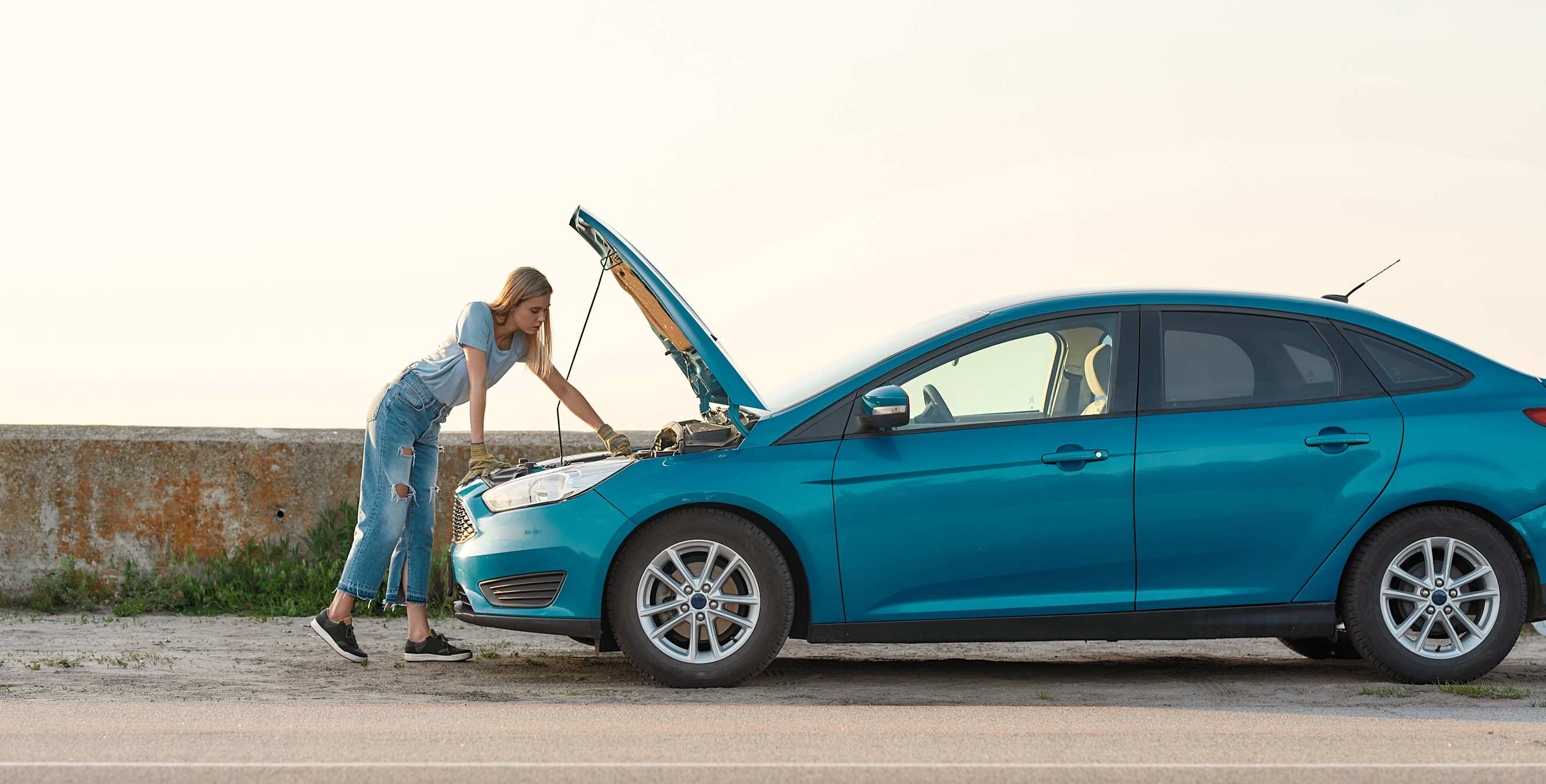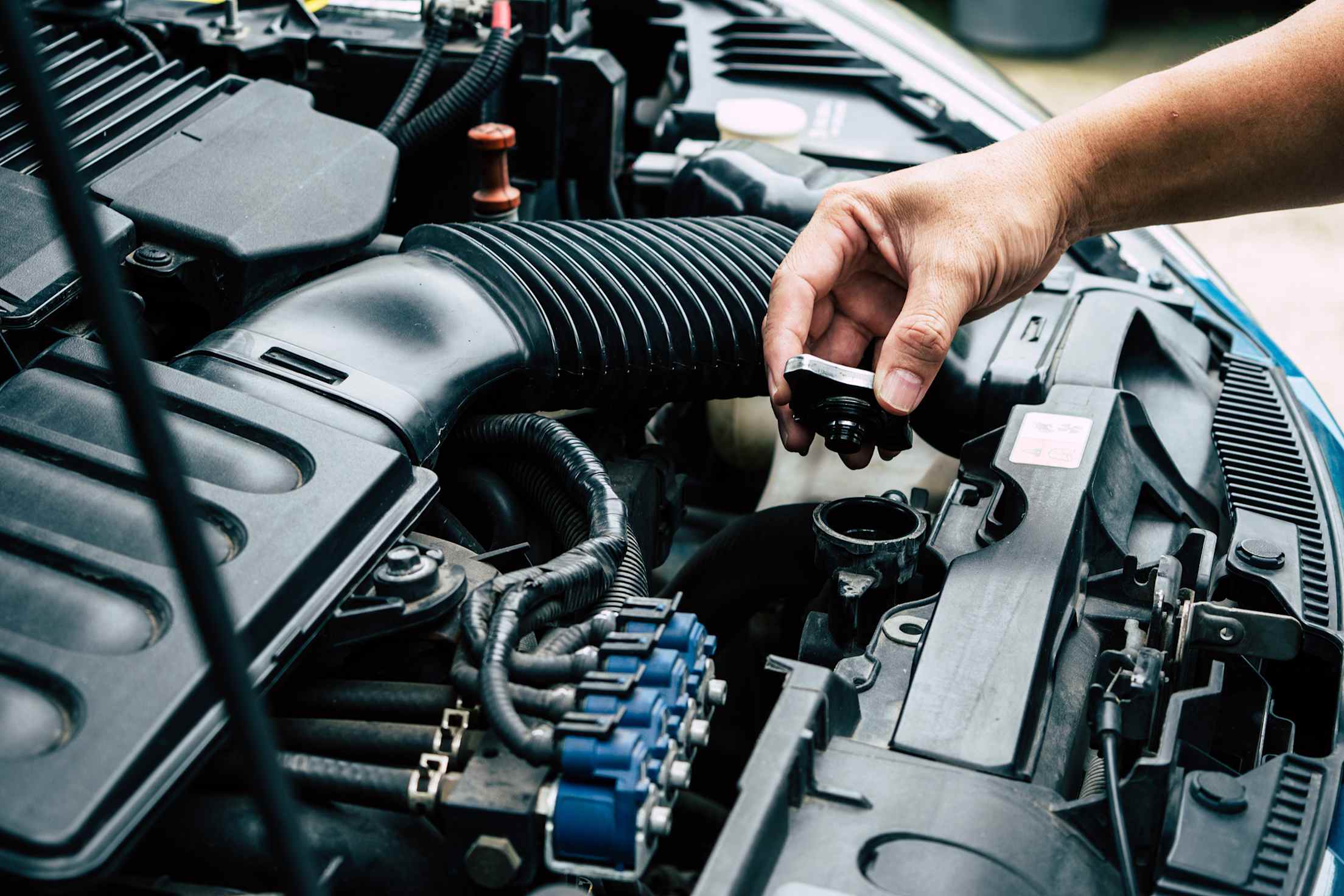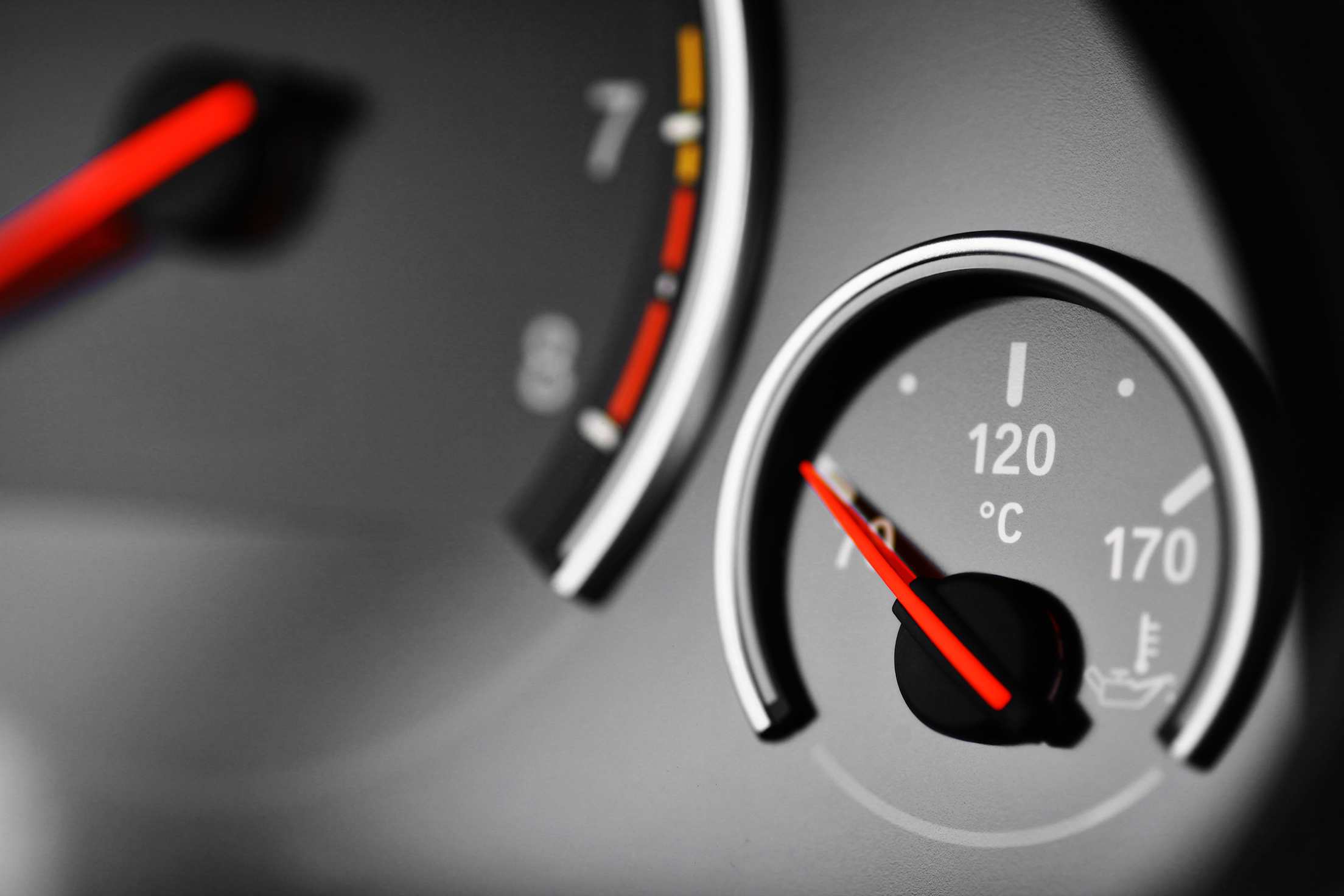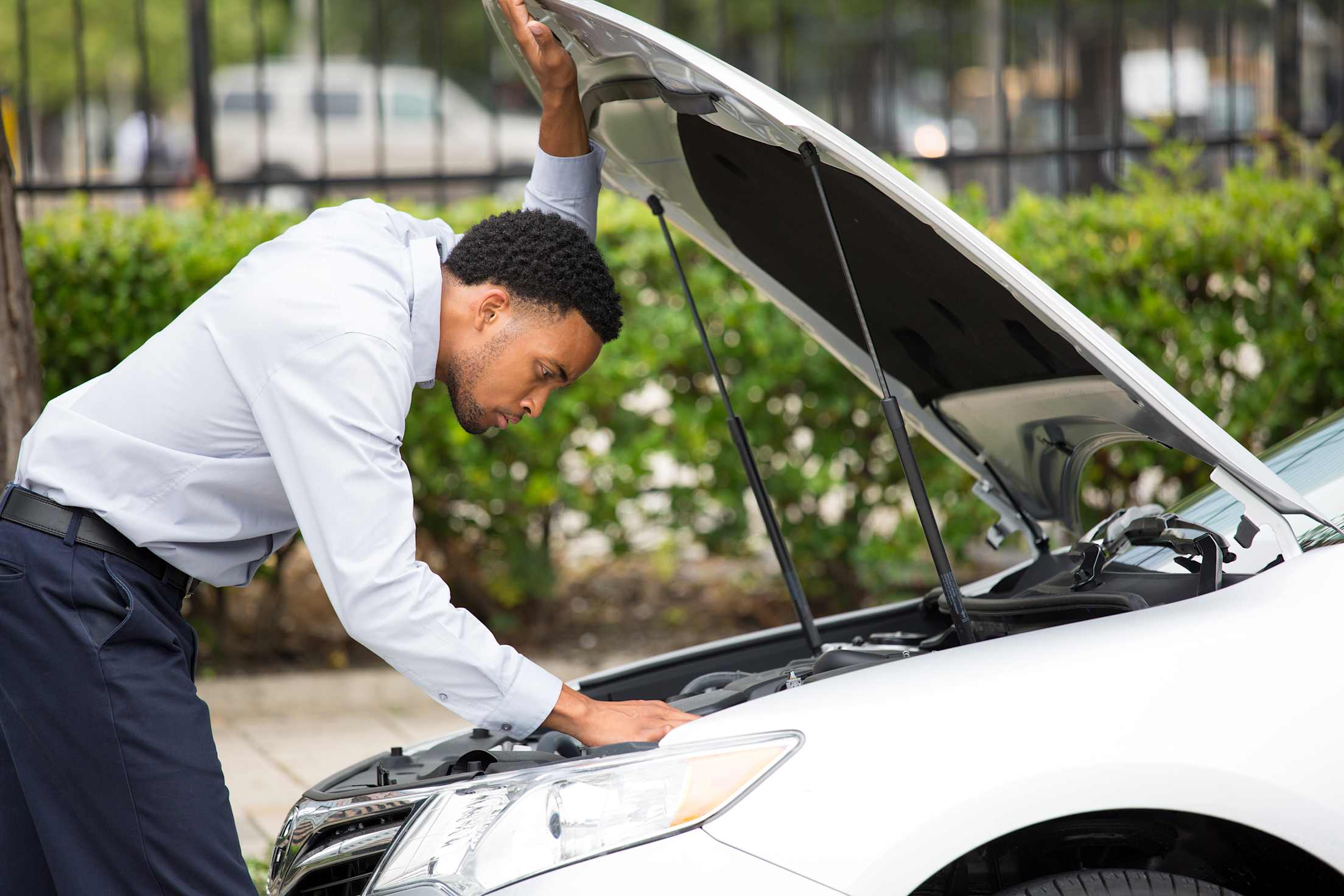
What to Do if Your Car Is Overheating and How to Prevent It
Get prepared and stay cool with these expert tips.

Your car is a sophisticated, well-crafted machine that’s made to stand up to the heat. “Each car has a cooling system that is designed to cool the engine,” says Chase R. Nacol, the director of car repair operations for AAA of Northern California, Nevada and Utah. All sorts of elements in the car—a water pump, cooling fans, belts, and hoses—help keep coolant and air flowing through the vehicle constantly, Nacol says.
If any one of these systems fails, your car can overheat. Extreme outside temperatures—both hot and cold—can damage important components and lead to overheating. But it’s more common to overheat in high temperatures, which is part of what makes summer driving tough on cars.
Once your car overheats, you can’t keep driving: Your car isn’t up to the task, and you could cause further damage to the vehicle. Here’s what you need to know to ward off the conditions that lead to overheating—and the precise steps to follow if it occurs.

Check your radiator fluid levels frequently.
How to Prevent Your Car from Overheating
The best way to prevent your car from overheating is to keep it in good condition.
“You want to have your cooling system, hoses, bolts, radiator—anything to do with the cooling system—regularly checked,” Nacol says. If your auto mechanic makes a recommendation for a repair or replacement to the cooling system, take care of it as soon as possible to avoid issues down the road, he advises.
Always keep your fluid levels—including coolant—topped off.
And plan ahead if you’ll be driving in extreme heat. Before a drive to the desert or along California’s I-5 Grapevine into Los Angeles, grab essential supplies. “Being prepared is just like anything else in life: It’s going to get you a lot further,” Nacol says. You’ll want to have a charged cell phone, along with coolant, he adds, and “it’s always good to have extra coolant in your vehicle.”
Nacol also recommends bringing along a small survival kit with essentials such as bottled water, electrolytes, and a small snack. Those are “really, really important in the desert,” he says, and especially helpful if you wind up stranded on the side of the road for any length of time.

The temperature gauge gives important insight and warning if your car starts to overheat.
Signs Your Car is Overheating
As you drive, and especially if the mercury is rising, keep an eye on your car’s temperature gauge, which is typically located on the dashboard. “That gauge is designed to give you immediate information about the vehicle's cooling system,” Nacol says.
When everything is going smoothly, the temperature indicator should be sitting in the middle (or even a little lower) on the gauge. “You should never see it spike to the three quarter mark or above—that is a sign that your vehicle is currently overheating,” Nacol says.
It’s possible, of course, for the temperature gauge to break, preventing you from getting a heads-up that the car’s temperature is on the rise. Another clear tip-off that your car is overheating: Steam coming from the hood. This indicates that the coolant or water in the car’s engine is overheating and boiling, Nacol says.
Finally, when your car overheats, you’ll notice a difference in how it performs. “It may feel a little bit slower—not as quick to move as it normally is, not as responsive,” Nacol notes.

Safely pull over if your car begins to overheat.
What to do When Your Car Overheats
You’ll want to follow a few steps if your car overheats:
1. When it’s safe, pull over.
If steam is billowing out of your car or your temperature gauge is reading hot, pull over as soon as it’s safe to do so, Nacol advises. Then, shut off the engine.
2. Turn off the AC and turn on the heat.
If you’re in heavy traffic and can’t safely pull over immediately, turn off the air conditioning to ease the load on the engine. Then, turn on the heat. Yes, this will make it uncomfortable, but it can help the engine cool down slightly as you drive, Nacol says. But don’t keep driving for long with the heat cranked; this is just a short-term strategy to get you to a safe place to pull over.
3. Call for help.
Once you’re pulled over, call for help. For complicated problems, Emergency Roadside Service can tow you to a AAA car repair center. There, mechanics can determine what caused the car to overheat and fix the issue, whether it’s low fluid levels, a broken belt or hose, or another underlying concern.
4. Leave the key in.
While you wait for help to arrive, switch the key to the accessory position—the spot that allows your radio to play without starting the engine. This turns on the electrical components, including the cooling fans that move air through the engine to help cool it down faster.
5. Let the car cool—longer than you think.
While you’re waiting for help, sit tight. Do not touch the hood or any part of the front of the vehicle for the next 20 minutes or so, Nacol says. If you want to check coolant levels, make sure the engine is completely cooled down before removing the radiator cap. If you remove the radiator cap while the coolant is still hot, it can spray out and severely burn you, Nacol adds.
While adding coolant can be helpful, you’ll still want to consult with a professional to figure out the underlying reason your car overheated, and how to fix it. On modern cars, a heat wave alone isn’t reason enough for a steaming engine—there is likely damage to one of the cooling system parts that needs to be repaired to prevent further damage and continued overheating.
Make smart choices, whether you're buying, selling, insuring, maintaining, or repairing a vehicle.